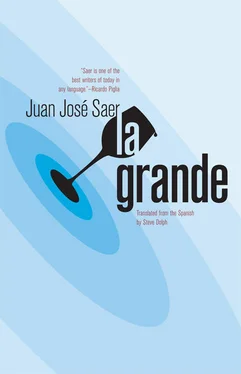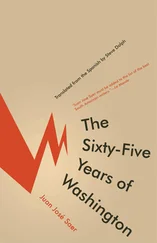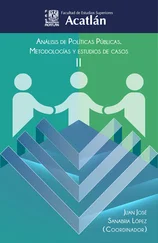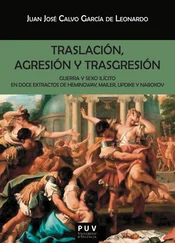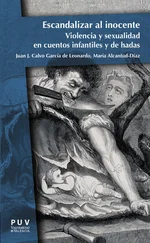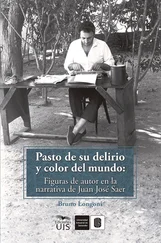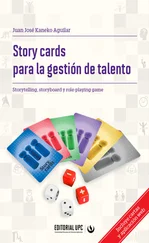Before the central market was torn down, the alley behind it was full of cheap restaurants and boarding houses. In one of these, La Giralda, on August 6th, 1945, precisionism was born.
There was no broadside, no Battle of Hernani, no exquisite corpse. Mario Brando, its creator, had his sights elsewhere: precisionism should take its place not among the avant-garde, in opposition to the times, but rather as its most faithful representation. According to Brando, newspapers, radio stations, universities, and large-circulation magazines should be the natural media for the expression and expansion of the movement. Scientific magazines not only weren’t excluded but in fact were, in a certain sense, the immediate precursors of the precisionist aesthetic. A proto-precisionism could be found precisely in the latest scientific treatises and the reviews of these in popular magazines.
At the time, for the writers of the city, it was a sign of good taste to be seen, every so often, at one of the precisionists’ Thursday dinners. Only the post-modernista old guard refused to yield, but it’s important to note that, from Belisario Roldán onward, they’d labeled every new literary movement as wayward, prosaic, and incomprehensible. Anyone still left over in nineteen sixty was still making the same joke about modern art, namely that everything represented by abstract painting was a fried egg.
The rest of the opposition, which is to say the neoclassicists and the regionalists, was much more elastic, if not opportunistic. The regionalists, who met on Fridays at the San Lorenzo grill house, would individually attend the dinners every so often, and would invite this or that precisionist to their cookouts. But they didn’t suffer from any illusions: they knew that Nexos, the official organ of Mario Brando’s movement, would never welcome a regionalist text. The neoclassicists, whose magazine, Espiga, had been published triannualy since 1943, had some official exchanges with the precisionists, inasmuch as Brando and his clique thought that certain neoclassical subjects, like Christian mysticism, for instance, could yield to the precisionist aesthetic. And the neoclassicists, meanwhile, appreciated the precisionist inclination for traditional forms. In private, the regionalists referred to the neoclassicists as sanctimonious Bible thumpers and to the precisionists as outdated futurists and fascists; the neoclassicists said that the regionalists, with every one of their criollo cookouts, were slowly devouring the subjects of their literature, and that the precisionists, with their absurd scientism, were the medical school pages; and the precisionists, who weren’t satisfied with the occasional slander and in fact launched fully clandestine smear campaigns, referred to several members of Espiga’s editorial committee as Curia spies, to their writing as an intentional amalgamation of mysticism and faggotry, and said that the interest of the regionalist group’s leader for the countryside could be explained by the fact that he was actually a horse.
Brando was born in 1920. In 1900, his father, an Italian immigrant, arrived in Buenos Aires with the certainty that every one of his compatriots huddled alongside him in the boat, along with everyone who’d come over in the last thirty or forty years, crowded in other boats, and still crowding in Buenos Aires slums until they got the chance to finally own a farm or a business, that every one of those compatriots, who came from everywhere in Italy, still shared the same weakness, pasta, and that he would be the one to supply them with it. After three or four years of adventures, he finally landed in the city and started to manufacture, in small, artisanal quantities, fresh pastas that he distributed to a fixed clientele in wicker boxes, carefully wrapped in immaculate napkins cut from bags of grain. Two years later, the customers would be coming to buy their pasta at the Brando family delicatessen, in the center of the city, and if by 1918 their dry spaghetti, wrapped in cellophane or in twenty-kilo bags, was sold in numerous shops in the north of the province, by 1925, Pastas Brando was one of the top businesses in the province, and Atilio Brando was the president of the Círculo Italiano. (In 1928, one black ball thrown in the vote would keep him out of the Club del Orden.)
To the annoyance of many local patricians, Atilio Brando’s Spanish was flawless. Five or six years after having come to the country, all that was left of his Italian accent was a slight aspiration. His family was full of lieutenants to Cavour, to Pellico, and to Garibaldi. In the sixties, Taine had eaten with one of his relatives in Rome. And when the manufacture of pastas had achieved a regular pace, when the complex, futuristic harmony of the factory was producing an uninterrupted chain of identical packages of fragile, yellow pastas ready to be circulated by a perfectly oiled and efficient distribution network, the elder Brando handed over the factory to a loyal manager with a share in the profits and started spending long periods in Italy or writing novels and memoirs in his house in Guadalupe.
It was said that, without a doubt, the Brandos had come to this world to demolish stereotypes. The delicate Romans who conversed with Taine in French and supported unification ended up forgotten and scattered, while the visionary who, to reconstruct his patrimony, had only a couple of secret recipes for tagliatelle and rigatoni, could boast a virtuously nonchalant attitude with regard to his children’s education and to the destiny of Pastas Brando after the death of its founder. Memoirs and realist novels were the polestars of his life. In contrast to every gringo imagined by the Argentine theater, Atilio Brando wasn’t a slave trader, work wasn’t his religion, and he didn’t demand a law or a medical degree from his son as the first step toward an advantageous marriage with a patrician young lady.
In contrast, to Mario Brando, social status had true value and wasn’t the tenuous and somewhat degenerate simulacrum that the old pasta maker described in his realist novels. To him, urbanity was an extreme form of historicism, and materialists, if they were consistent, should venerate snobs. But Mario Brando wasn’t a snob, inasmuch as, every time he used the word, he knew what he was referring to. His poetic vocation was authentic, and his historicism was in fact manifested in his romantic life and in the tenets of precisionism, of which he was the primary author. The relationship to his father was original for reasons diametrically opposed to those that literature has accustomed us to think of as typical of generational conflict. Of the two Brandos, the father was the romantic and the son the pragmatist; the father was generous and the son miserly; the father, indifferent to social conventions, and the son, utterly dependent on public opinion. The father walked around shabbily dressed, lost in daydreams, while the son never left the house without a vest or a gold cigarette case. Like a millionaire father who tries to hide from his board members the vagrancies of his heir that might endanger the business, Mario hid his father’s flirtations with realism from landowners and his disciples, considering them a mockery of precisionism’s scientific exactitude. Luckily, Atilio Brando wrote in the language of Dante, as he proudly declared, and apart from a few articles in La Región from the thirties, his books (Against Hermetism, for instance), published in Italy, did not circulate beyond a few members of Unione e Benevolenza. The old man was bothered by worldliness because it distracted him from literature; for the son, literature was the pinnacle of worldliness, in the noble sense of the word, and he told himself that it was the only noble thing he could boast of.
Читать дальше
